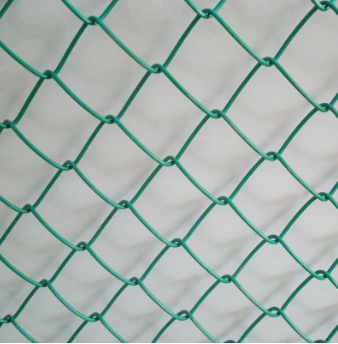

Masonry nails are a different breed altogether, crafted to penetrate hard substances like brick, stone, and concrete. These nails are made from tempered steel and feature a textured or grooved shank to ensure they bite firmly into the masonry surface. They are indispensable for construction tasks involving hard surfaces, although they require more power to be driven into the dense material. Duplex nails, also known as double-headed nails, introduce a clever design ideal for temporary construction. The two heads allow for easy removal when the temporary structures, such as scaffolding or concrete forms, are no longer needed. The secondary head protrudes from the surface, making extraction simple without damaging the underlying material. For projects in coastal areas or where moisture exposure is significant, stainless steel nails provide a rust-resistant alternative. While often more expensive than galvanized alternatives, stainless steel ensures enduring hold and appearance without the degradation from corrosion, making them suitable for exterior projects and environments with extreme conditions. Ultimately, the choice of construction nail involves considerations including the material environment, aesthetic requirements, and structural needs of the project. Each nail type offers distinct advantages tailored to specific uses, indicating the necessity for comprehensive planning and expert knowledge in construction practices. Construction veterans understand that the right nail, while seemingly minor, can majorly impact the long-term success of a building project. Therefore, investing time and expertise in selecting the appropriate nail type is not only a testament to the quality of craftsmanship but a commitment to building excellence.

















